Astăzi vă voi scrie despre un pictor olandez care îmi place destul de mult pentru faptul că lucrările sale sunt nu doar bizare, ci au fost elaborate într-o epocă în care a fi atât de ingenios vizavi de abordarea banalelor subiecte de ordin moral și religios nu părea să fie ceva tocmai la ordinea zilei. După cum ați remarcat încă din titlu, vom poposi în fabrica de tablouri a lui Hieronymus Bosch, despre care știm că a trăit undeva în perioada 1450-1516, astăzi planând un total mister asupra a ceea ce înseamnă atât personalitatea sa, cât și semnificația artei sale. Este interesant, însă, exercițiul de imaginație pe care avem ocazia să îl facem împreună privind câteva dintre tablourile sale.
Maniera în care Bosch și-a realizat majoritatea tablourilor ne face să le încadrăm în categoria ”tripticelor”, semnificând că acestea erau compuse din trei panouri unite prin balamale, ceea ce făcea posibilă plierea părților laterale peste cea principală, așa cum am închide obloanele peste ferestre. Panourile conțineau imagini pictate nu doar pe interiorul celor două secundare, ci și pe exteriorul lor. Partea centrală era, în general, punctul culminant al poveștii ilustrate. Există, totuși, și tablouri realizate dintr-un singur panou. Nu cunoaștem anii exacți în care Bosch a pictat fiecare tablou în parte, iar asta din cauză că artistul nu își data operele. Doar șapte din tablourile atribuite acestuia au fost semnate de însăși mâna pictorului, ceea ce oricum era o extravaganță pentru zilele sale, dar se estimează că numărul actual ar fi triplu. Ce se ascunde în spatele picturilor lui Hieronymus Bosch? Interpretările sunt variate. De la erezie și până la fantezie, de la metafore cu tentă morală până la amuzament, totul a fost acceptat, deși trecerea timpului le-a diminuat impactul vizual, odată cu familiarizarea progresivă a degustătorului de artă cu stiluri din ce în ce mai îndrăznețe.
Să facem, așadar, o listă cu câteva dintre cele mai cunoscute picturi ale artistului olandez:
Ispitirea Sfântului Anton
Maniera în care Bosch și-a realizat majoritatea tablourilor ne face să le încadrăm în categoria ”tripticelor”, semnificând că acestea erau compuse din trei panouri unite prin balamale, ceea ce făcea posibilă plierea părților laterale peste cea principală, așa cum am închide obloanele peste ferestre. Panourile conțineau imagini pictate nu doar pe interiorul celor două secundare, ci și pe exteriorul lor. Partea centrală era, în general, punctul culminant al poveștii ilustrate. Există, totuși, și tablouri realizate dintr-un singur panou. Nu cunoaștem anii exacți în care Bosch a pictat fiecare tablou în parte, iar asta din cauză că artistul nu își data operele. Doar șapte din tablourile atribuite acestuia au fost semnate de însăși mâna pictorului, ceea ce oricum era o extravaganță pentru zilele sale, dar se estimează că numărul actual ar fi triplu. Ce se ascunde în spatele picturilor lui Hieronymus Bosch? Interpretările sunt variate. De la erezie și până la fantezie, de la metafore cu tentă morală până la amuzament, totul a fost acceptat, deși trecerea timpului le-a diminuat impactul vizual, odată cu familiarizarea progresivă a degustătorului de artă cu stiluri din ce în ce mai îndrăznețe.
Să facem, așadar, o listă cu câteva dintre cele mai cunoscute picturi ale artistului olandez:
Ispitirea Sfântului Anton
Sursă de inspirație pentru scriitori precum Gustave Flaubert, Ispitirea Sfantului Anton ilustrează un subiect biblic adesea întâlnit în pictură, cel mai celebru tablou bazat pe acest episod aparținandu-i, cel mai probabil, lui Salvador Dali. Detaliile bizare adăugate în părțile superioare ale celor trei fragmente de tablou reprezintă punctul de atracție al picturii și sunt în concordanță cu atmosfera de iluzie, tentație, păcat și supranatural ce domină compoziția.
Grădina plăcerilor
Grădina plăcerilor
Catalogată ca fiind cea mai fantezistă pictură a lui Bosch, Grădina plăcerilor prezintă un cadru dominat de nuduri și de progresia păcatului uman. Partea stângă a picturii îi înfățișează pe Adam și Eva după momentul creației, compoziția alunecând în partea centrală spre ilustrarea unei lumi preocupate de plăcerile trecătoare. Povestea picturii culminează cu suferințele iadului, apărute ca o consecință a desfrâului, această secvență fiind prezentată în panoul din dreapta.
Moartea avarului
Moartea avarului
Inevitabilitatea morții și egalitatea tuturor în fața ei este subiectul tabloului de mai sus. Avarul, deși muribund, nu se poate abține de la a cădea pradă iarăși tentației aurului, așa că întinde mâna spre punga cu bani oferită de un demon, ignorând îngerul ce încearcă să îi salveze sufletul. Ceea ce vedem in detaliul lăzii cu galbeni ar putea fi avarul însuși în timpul vieții, când pretindea că ar fi pios (ține în mână un crucifix) dar totodată avid după aur.
Carul cu fân
Carul cu fân
Încă un tablou pe tema păcatului și a pedepsei, pornind de la imaginea Paradisului și ajungând în al treilea panou la reprezentarea Iadului. Carul cu tentații este împins și tras spre Iad de către demoni, în timp ce oamenii se agață cu disperare de el pentru a gusta din delicii. Creaturile fantastice și figurile animaliere bizare accentuează atmosfera de coșmar.
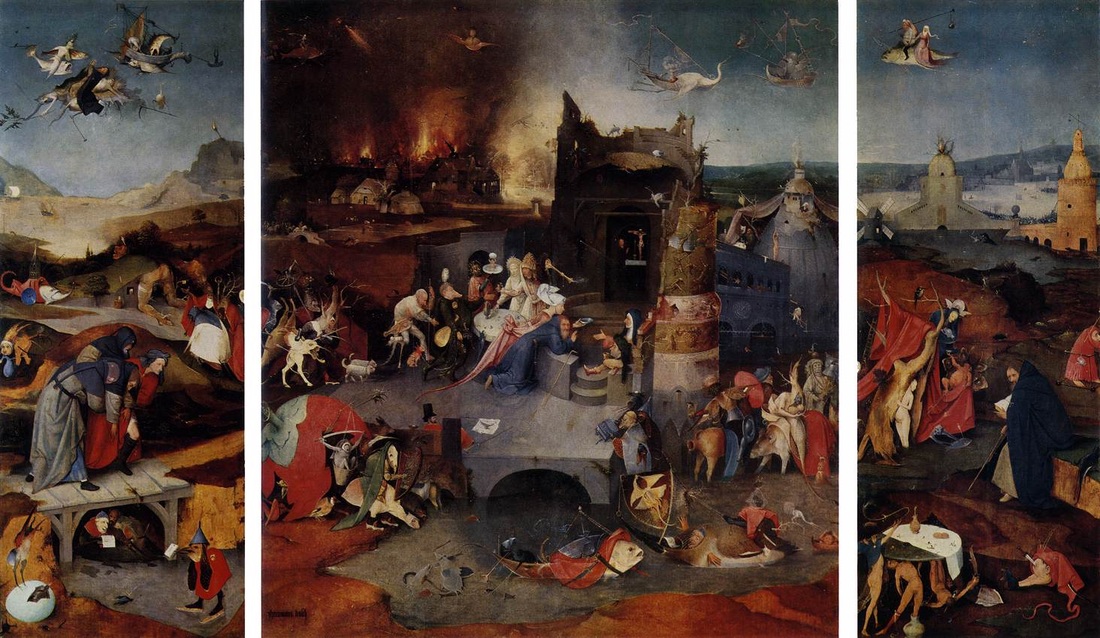
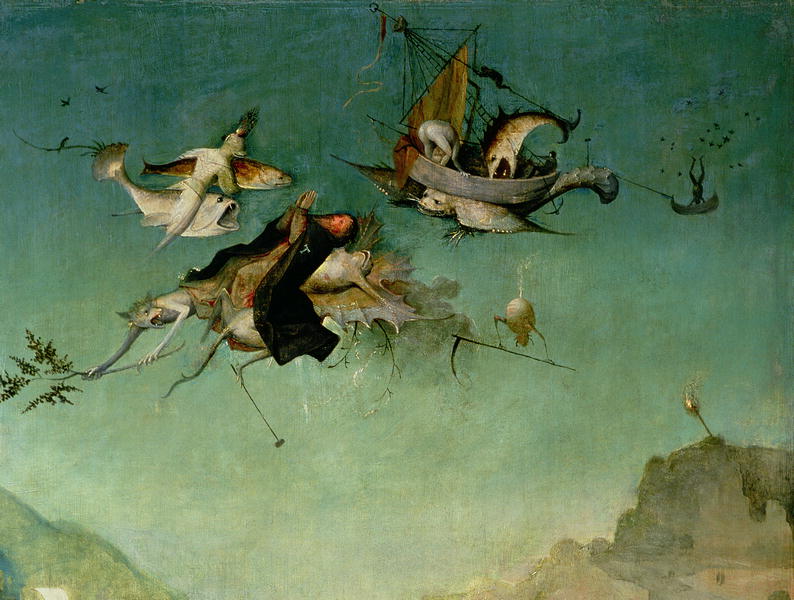
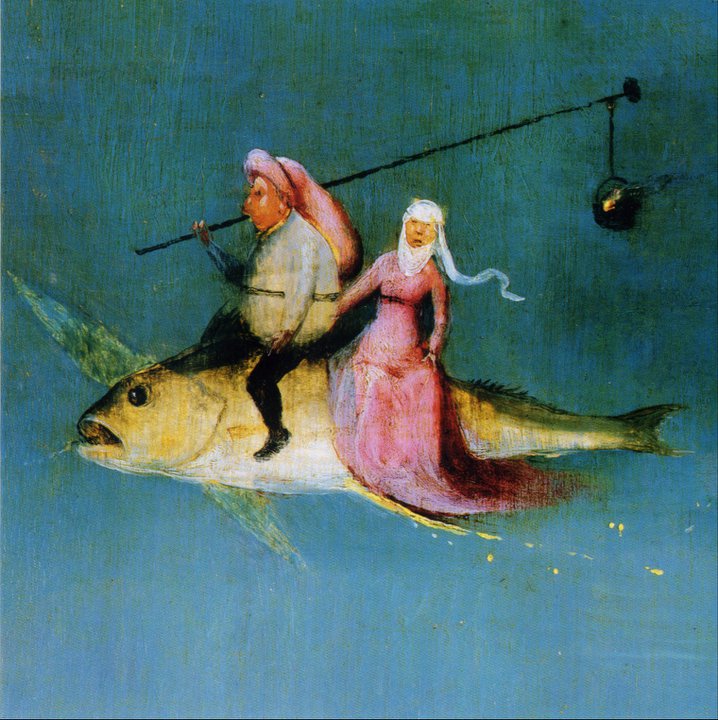
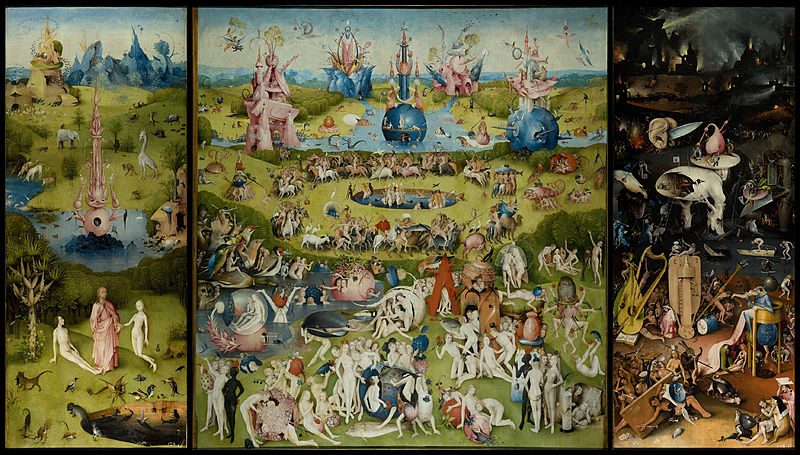
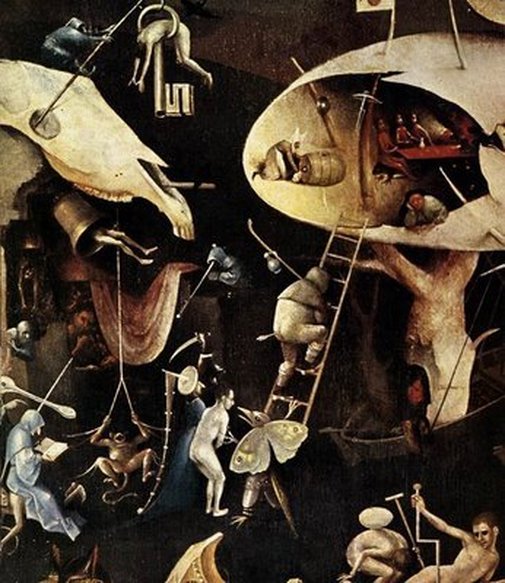

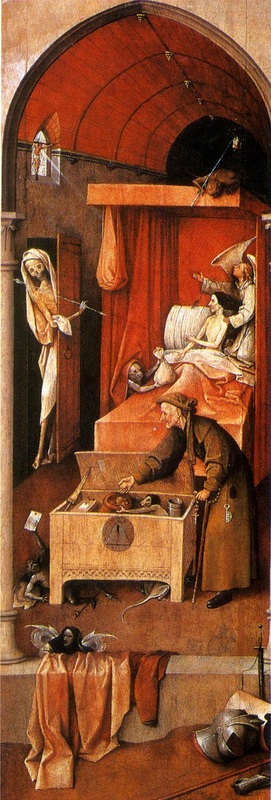
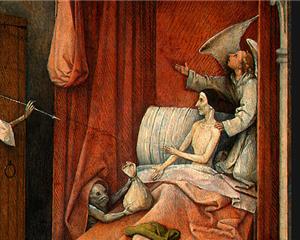
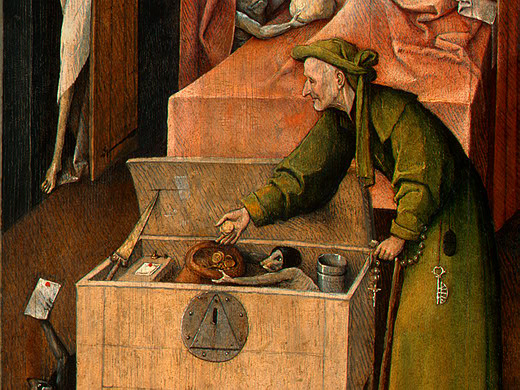
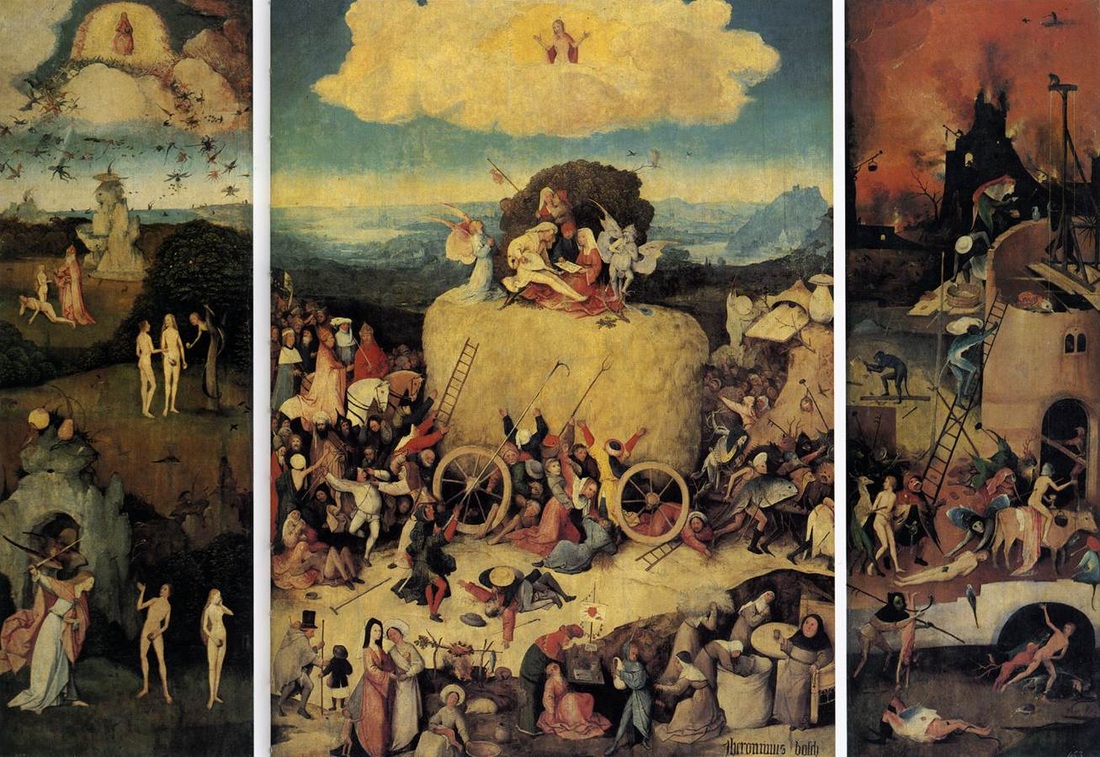
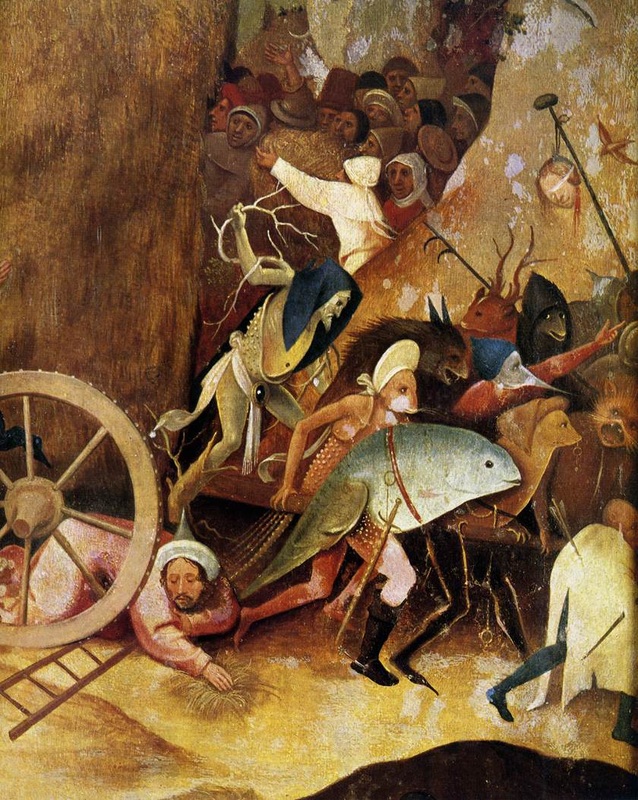
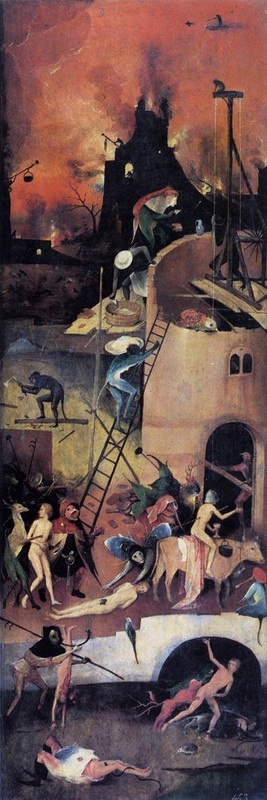
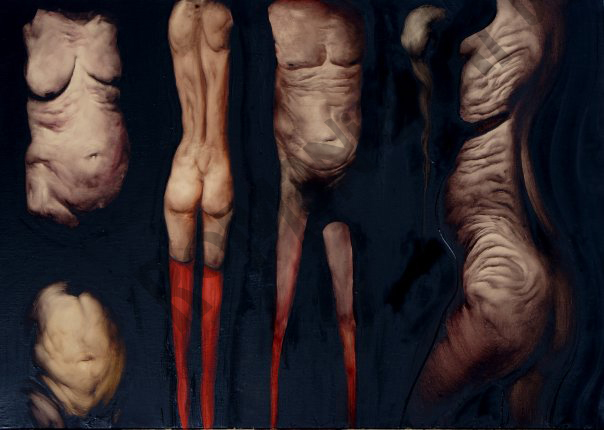
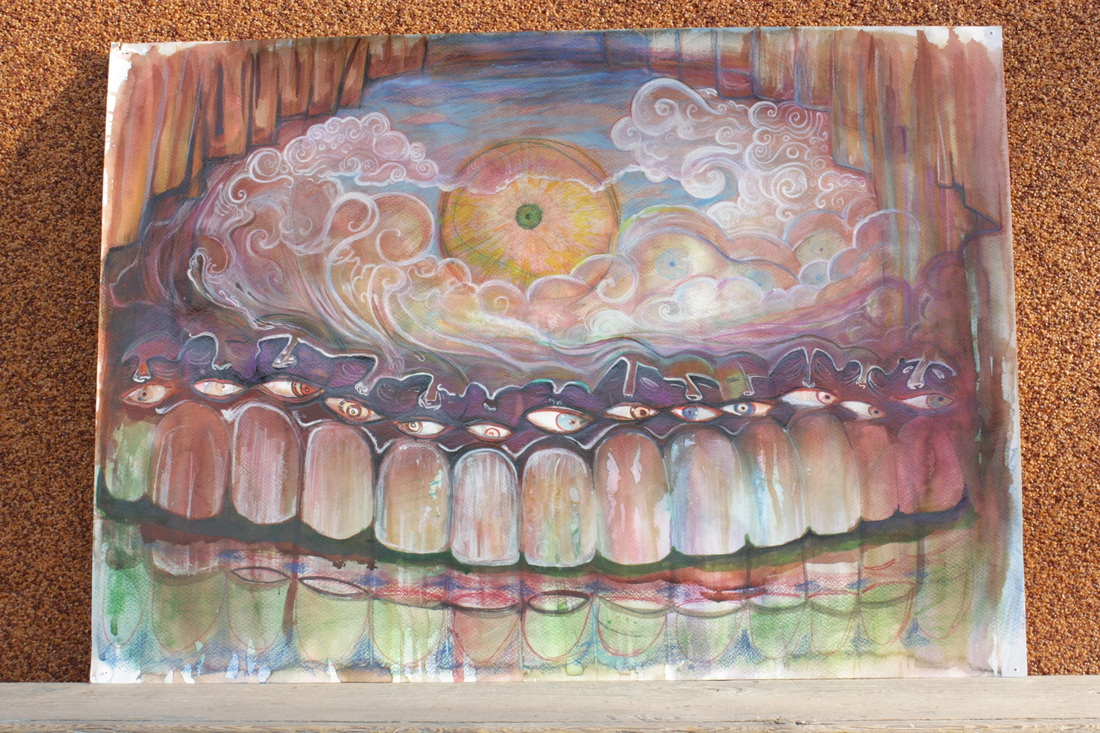
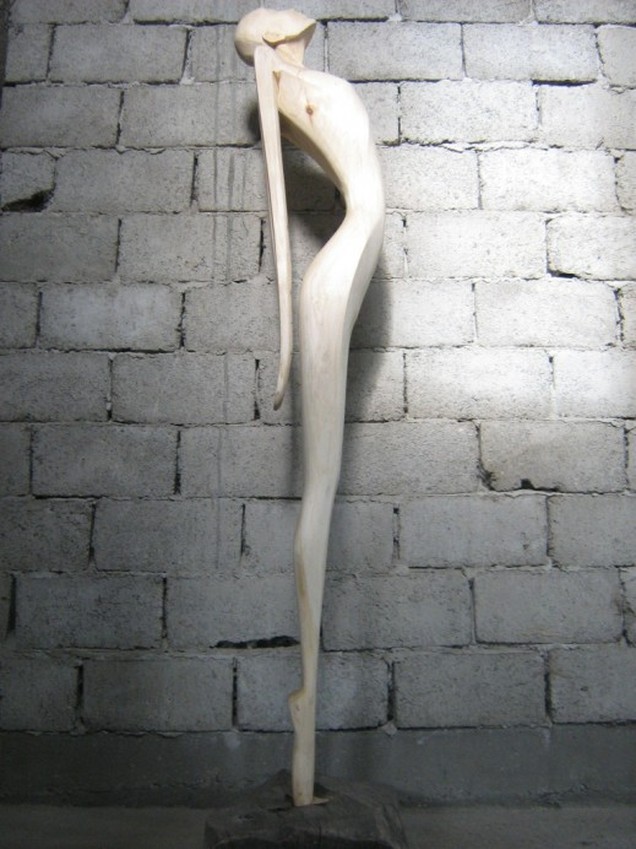
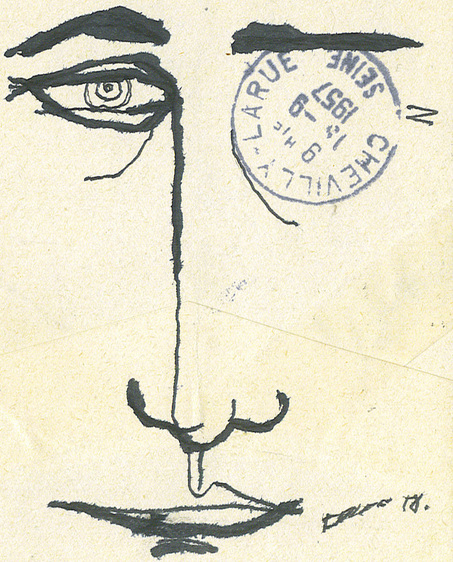

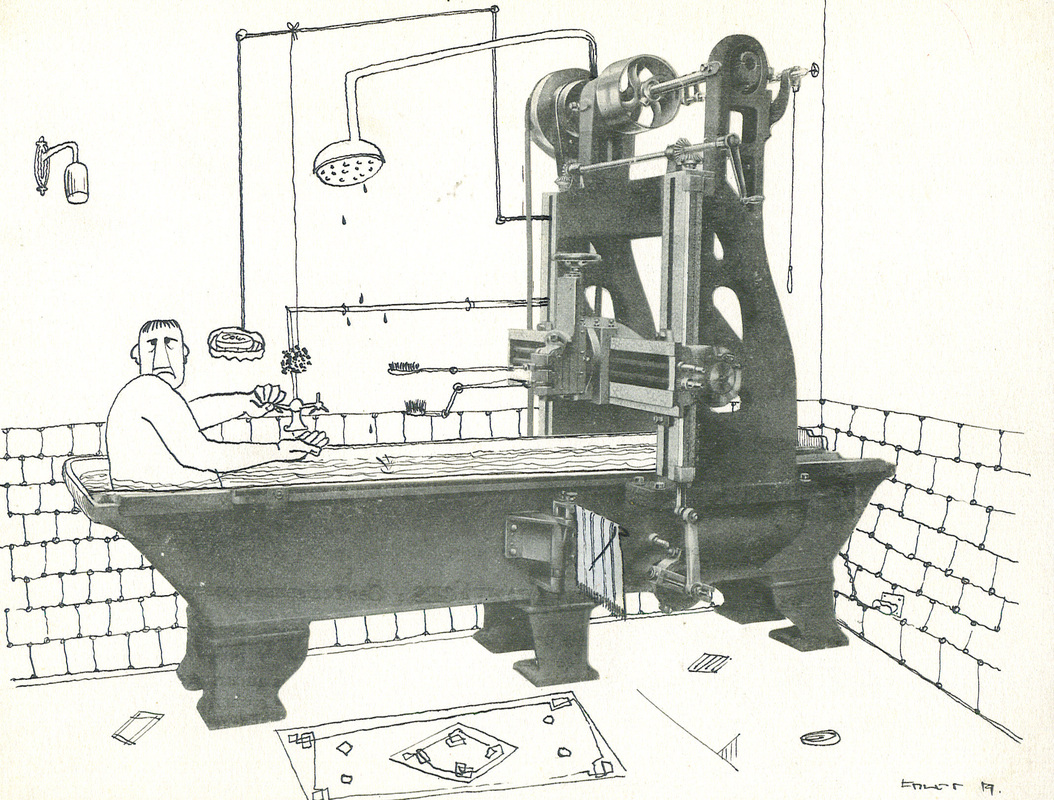
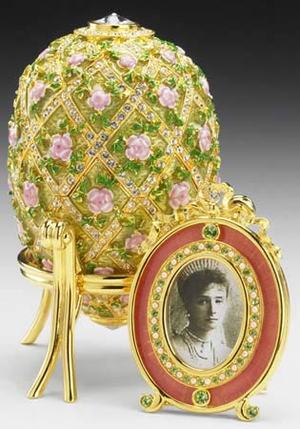
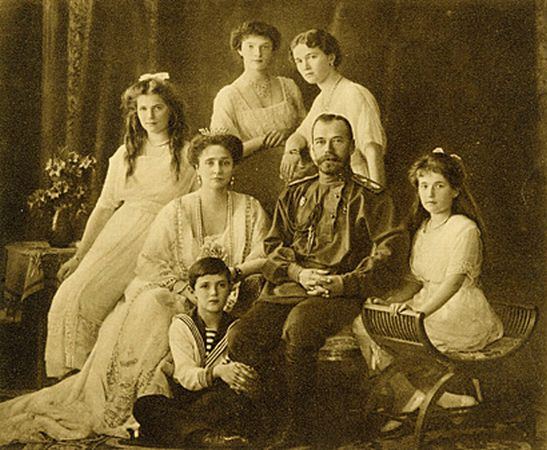
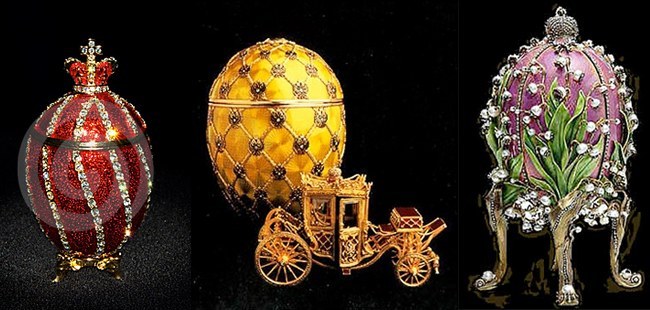

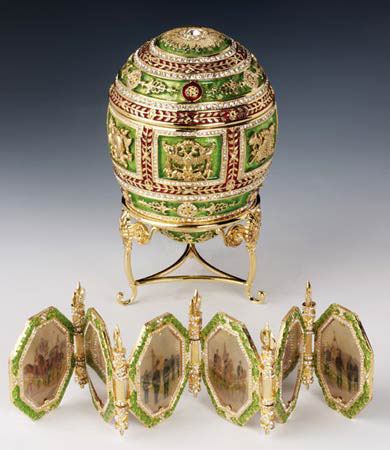
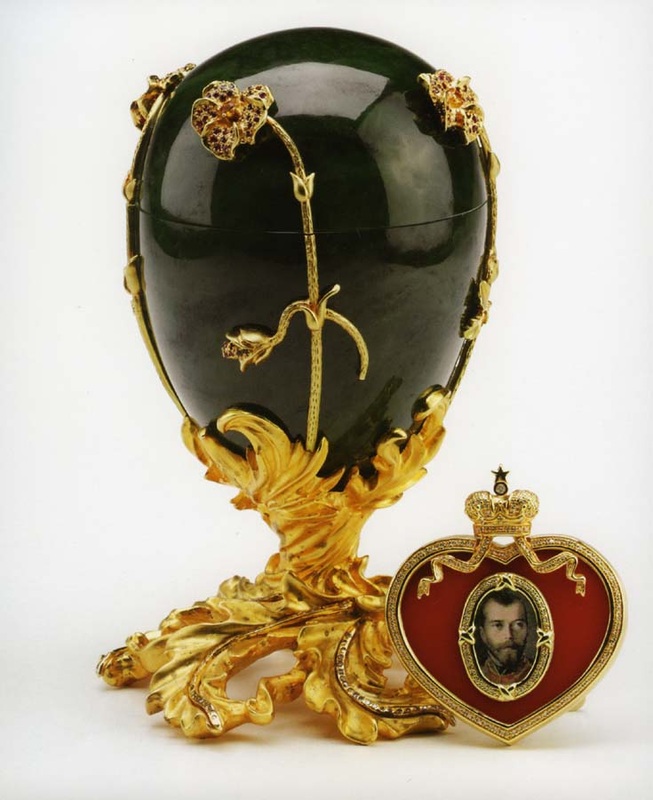
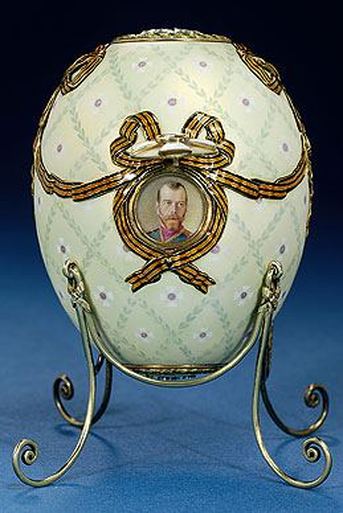
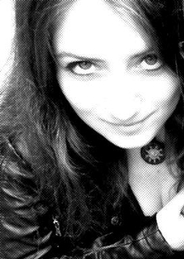
 RSS Feed
RSS Feed
